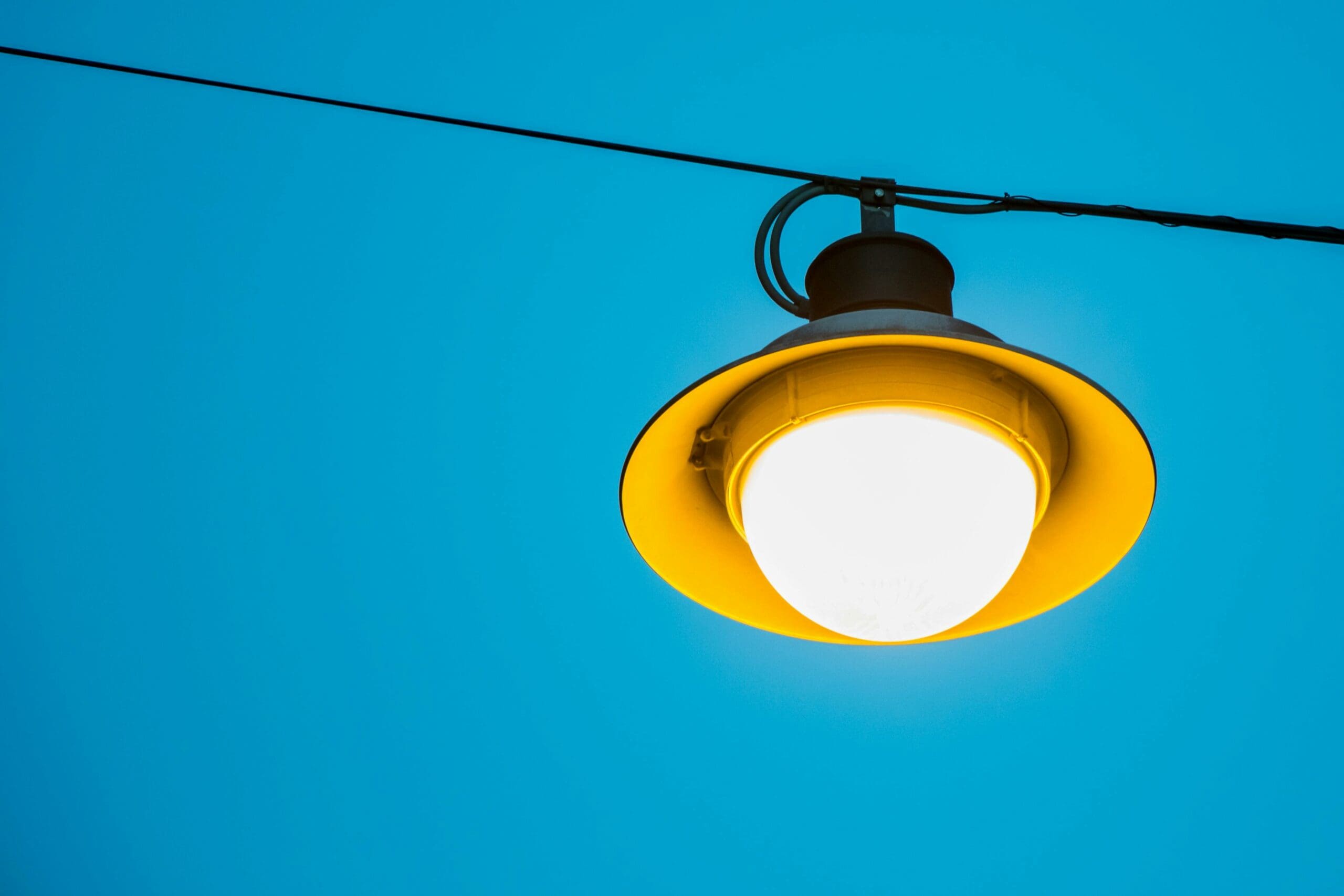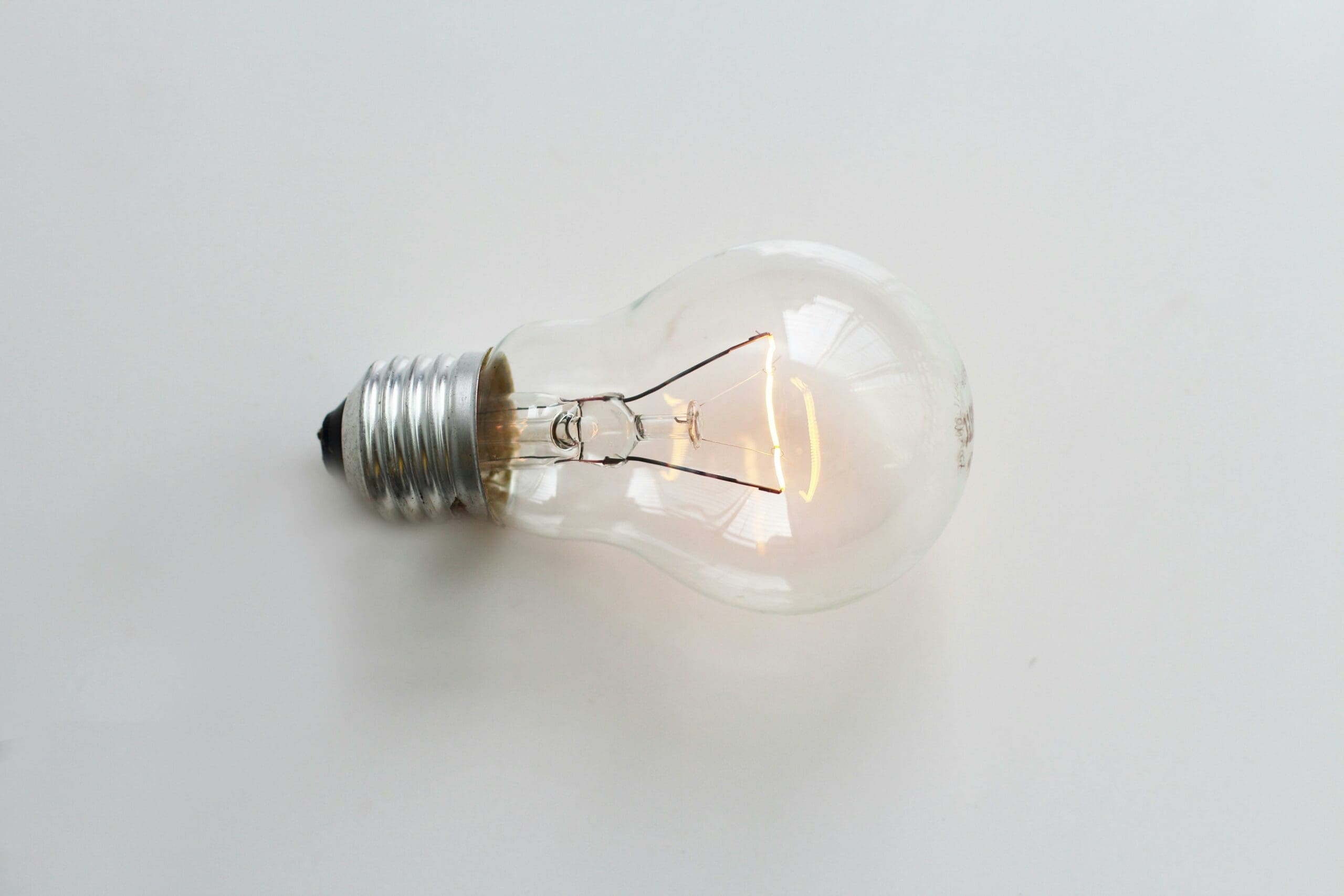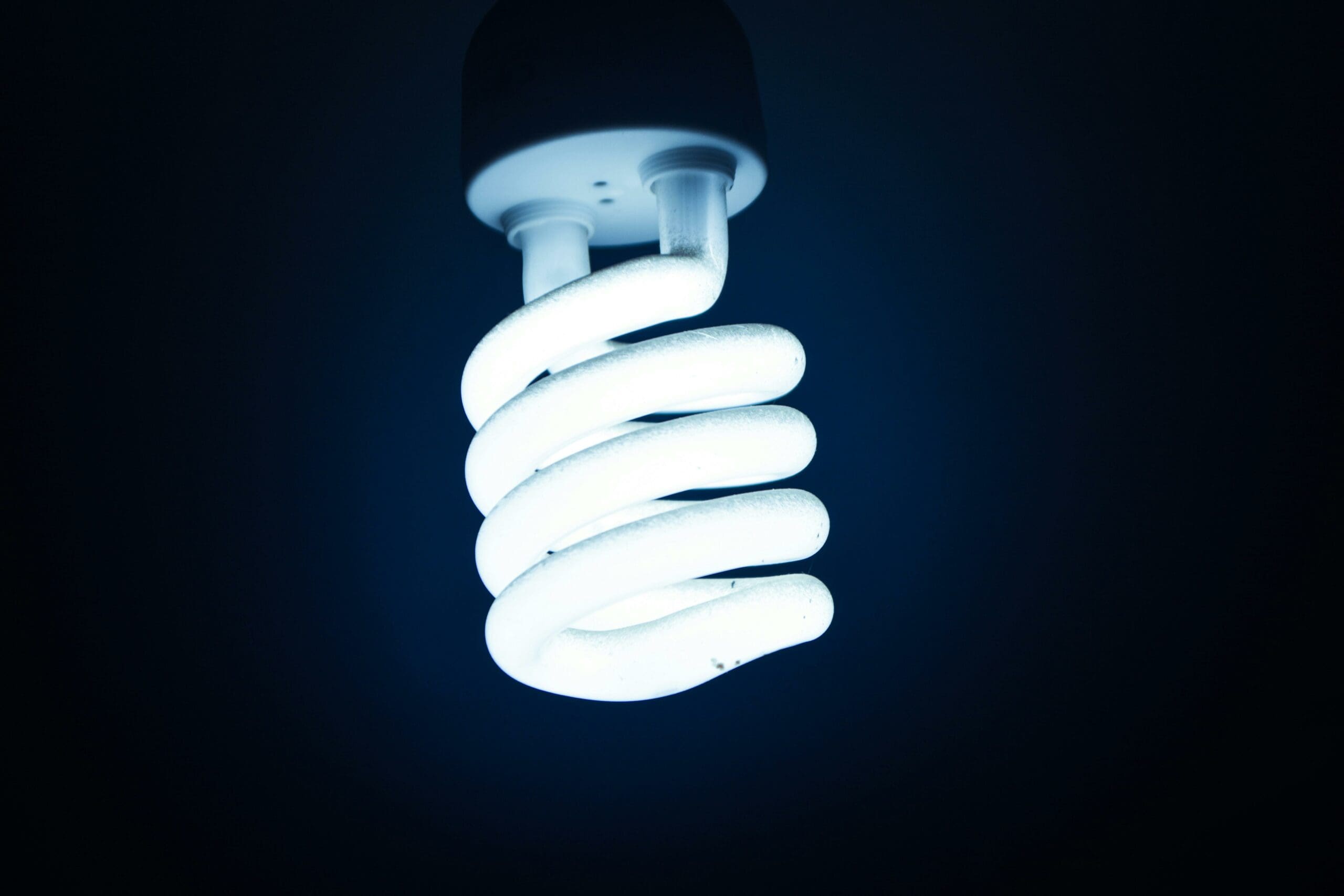
Lightbulbs Facts for Kids – 5 Legendary Facts about Lightbulbs
Table of Contents
How do you think life looked like before inventing the lightbulb? Let’s learn five legendary lightbulbs facts for kids.
Lightbulbs Facts for Kids Fact Number 1: Light Energy
A lightbulb is a device that produces light when electricity is passed through it. It works by converting electrical energy into light energy. It consists of a glass bulb that contains a filament or a gas and a base that connects the bulb to the power source.

Lightbulbs Facts for Kids Fact Number 2: Types of Lightbulbs
Lightbulbs come in different types and shapes, such as incandescent, fluorescent, and LED. Each type of lightbulb has its own unique characteristics and is used for different applications. Incandescent lightbulbs produce warm and yellow light, fluorescent lightbulbs produce bright and cool light, and LED lightbulbs produce bright and energy-efficient light.
Lightbulbs Facts for Kids Fact Number 3: Incandescent Lightbulbs
Incandescent lightbulbs are the oldest type of lightbulb and use a filament to produce light. The filament is made of tungsten, a metal that glows when heated by an electric current. They are relatively cheap to produce but are not energy-efficient and have a short lifespan.

Lightbulbs Facts for Kids Fact Number 4: Fluorescent Lightbulbs
Fluorescent lightbulbs use gas to produce light. They contain a gas mixture, usually mercury vapor, which emits ultraviolet light when excited by an electric current. This ultraviolet light then excites a phosphor coating on the inside of the bulb, which produces visible light. They are more energy-efficient than incandescent lightbulbs but they contain mercury, a toxic element.
Lightbulbs Facts for Kids Fact Number 5: LED Lightbulbs
LED lightbulbs use semiconductors to produce light. They are small, energy-efficient, and have a long lifespan compared to other types of lightbulbs. They are also more durable and can withstand harsh conditions. LED lightbulbs come in different color temperatures, which can range from warm white to cool white. They are more expensive than incandescent or fluorescent lightbulbs but they save energy and money in the long run.

We hope you enjoyed learning more things about lightbulb as much as we loved teaching you about it. Now that you know how majestic the lightbulb is, you can move on to learn more about STEM like: Light, Electricity and Circuits.
Why not subscribe to our LearningMole Library for as little as £1.99 per month to access over 3000 fun educational videos.


Leave a Reply